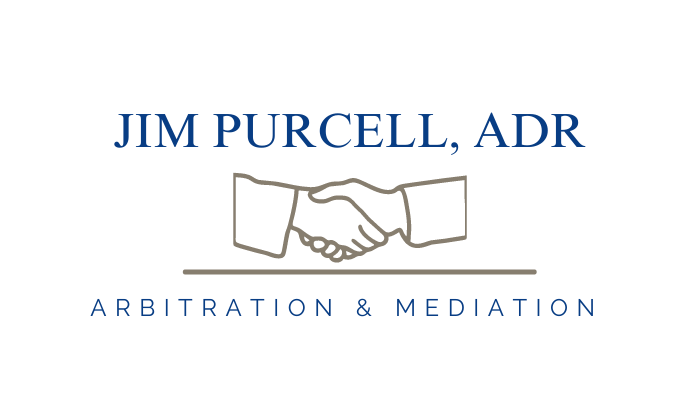 Hospitals and doctor’s offices represent unique organizations that are simultaneously businesses which must be financially successful and professions that in part must act in the public’s best interests. As businesses, they are entities with traditional staff-management relationships, including unions, workplace concerns, and salary and benefit structures; as a public service, any disruption in service stemming from strikes, slowdowns or other disagreements between staff and management has real-world consequences not just for the workers and owners, but also for the wider community they serve.
Hospitals and doctor’s offices represent unique organizations that are simultaneously businesses which must be financially successful and professions that in part must act in the public’s best interests. As businesses, they are entities with traditional staff-management relationships, including unions, workplace concerns, and salary and benefit structures; as a public service, any disruption in service stemming from strikes, slowdowns or other disagreements between staff and management has real-world consequences not just for the workers and owners, but also for the wider community they serve.
As a result, standard mechanisms for dispute resolution between workers and management are not sufficient. When initial negotiations break down, the common strategy for both sides of a labor dispute is to go to the lawyers and initiate litigation, believing this to be the only way to ‘take control’ of their destiny. However, the opposite is more often true: Solutions handed down by the courts are frequently slow to come, unsatisfactory to both sides, and expensive. As a result the concept of a ‘Standing Neutral’ is gaining traction in the healthcare industry.
A Standing Neutral is an entity selected mutually to be a neutral arbitrator who can be activated instantly when needed. This approach to dispute resolution has several clear advantages and some disadvantages.
Advantages of the Standing Neutral
- Speed. A Standing Neutral is always ready to step in immediately, without the delays involved in legal proceedings or other disputes. This saves both parties time and resources.
- Control. Since both sides mutually selected the Standing Neutral, they are both able to exercise control over the process, as opposed to letting a court determine what that process will be.
- Costs. Compared with the potential cost of lawyers and court proceedings the difference is stark and favorable to all.
- Positive Atmosphere. Mediation is always more positive than litigation.
Disadvantages of the Standing Neutral
The disadvantages of the Standing Neutral are mainly incurred if the process fails, which can be prevented with a proper mutual effort when they are established.
The only fixed disadvantage is the ongoing cost it represents as opposed to legal costs which may never be incurred if litigation never becomes necessary. Other disadvantages include a perceived loss of control over the process, a fear of bias, and a fear of breach of confidentiality. None of these perceived disadvantages can occur if the initial creation of the Standing Neutral is done mutually and with input and approval from both sides.


Spot on with this write-up, I truly think this site needs much more attention.
I’ll probably be back again to see more, thanks for the advice!
Electric Bike
I’m glad I could be of help. It’s really pretty common sense stuff.
Thank you.